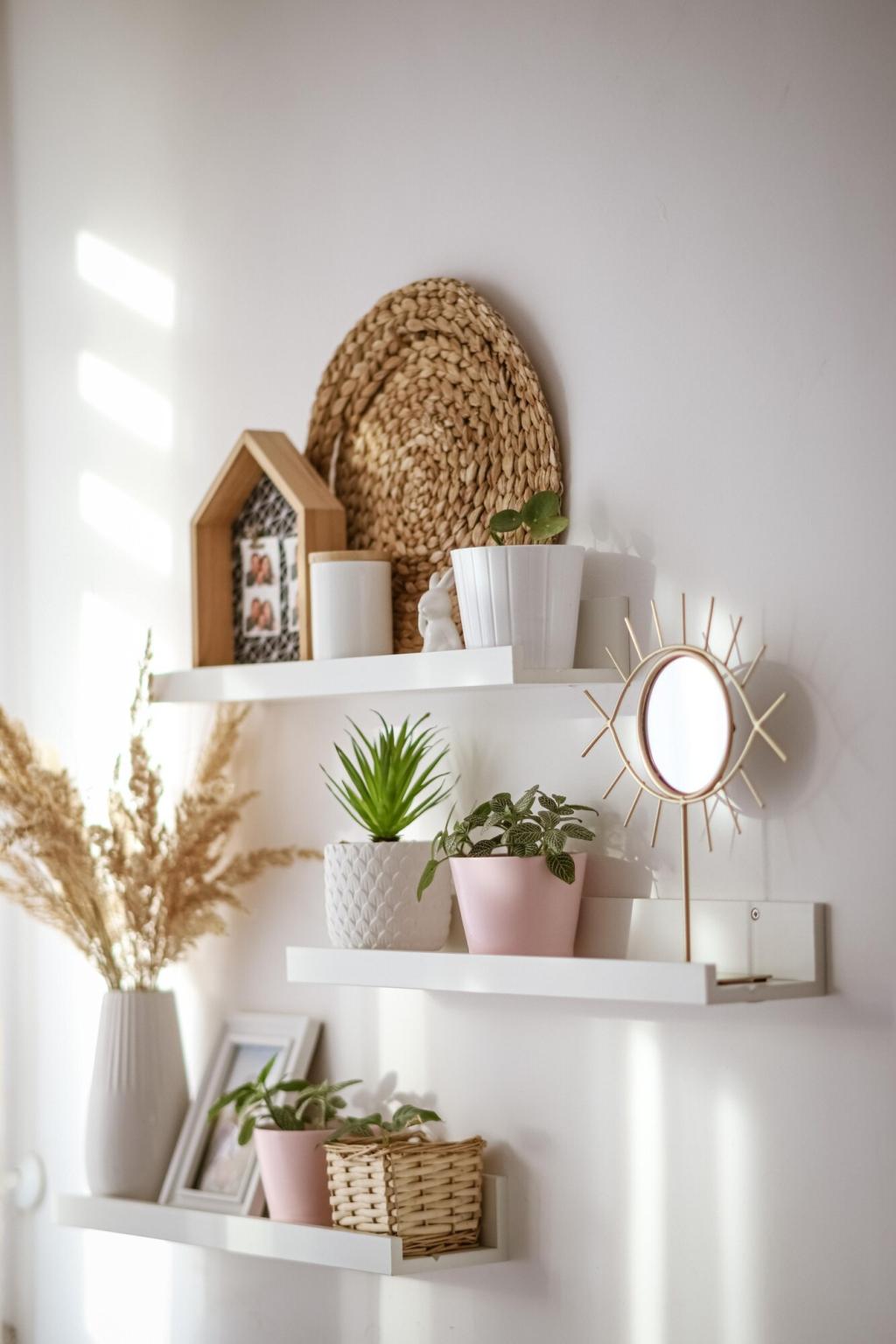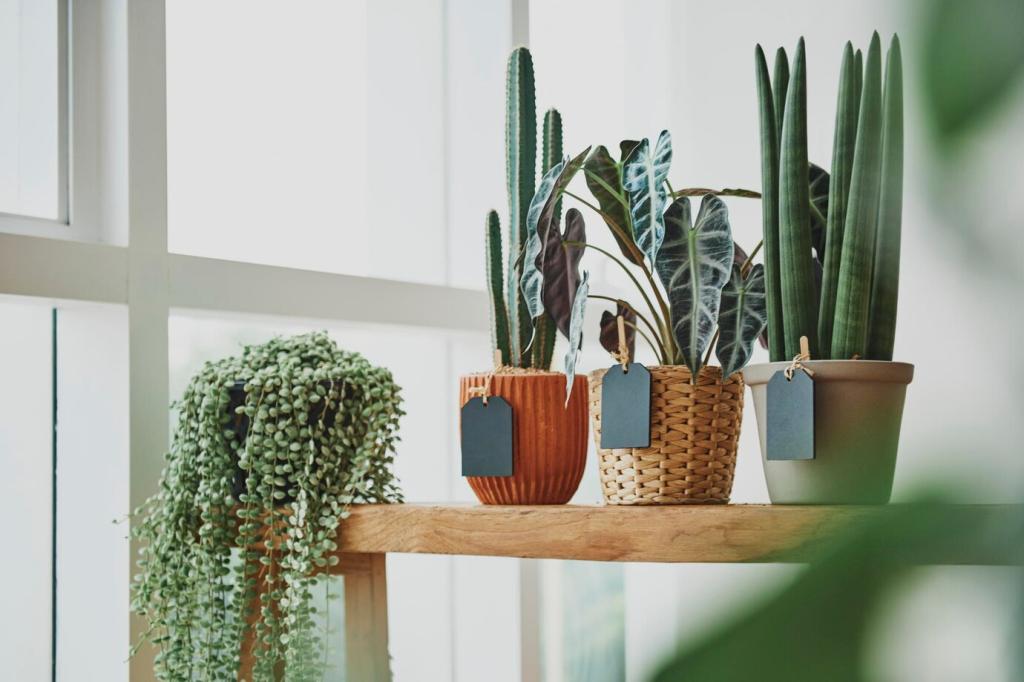Material Spotlight: Bamboo, Cork, Recycled Metals, and Reclaimed Woods
Fast-growing bamboo and regenerative cork deliver warm textures, natural acoustic dampening, and impressive strength. They tame echoes from voice assistants, protect device housings, and create inviting, low-VOC surfaces for charging trays, lamp bases, and media consoles.
Material Spotlight: Bamboo, Cork, Recycled Metals, and Reclaimed Woods
Recycled aluminum typically uses significantly less energy than virgin metal while providing superb rigidity for motorized frames and hinge systems. Paired with powder coats free of heavy metals, these chassis keep smart furniture stable, cool, and endlessly recyclable.




